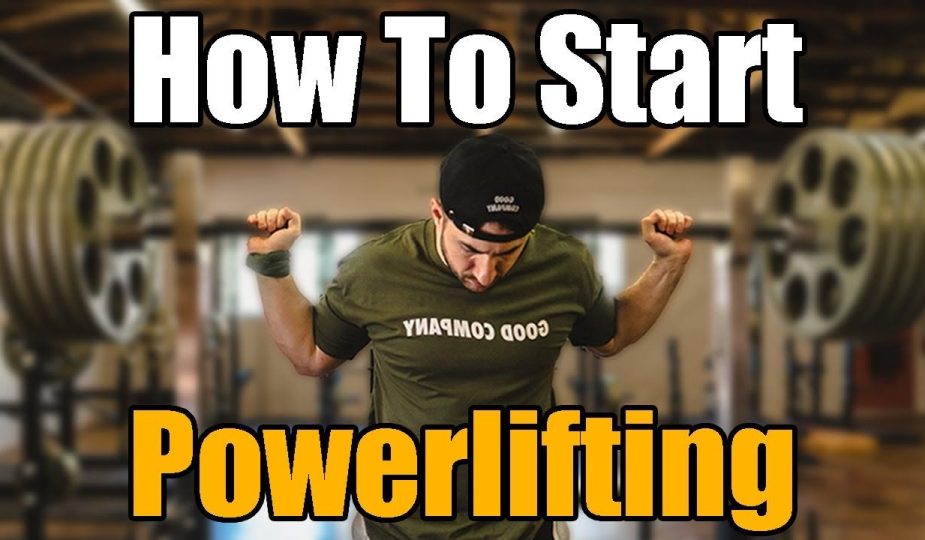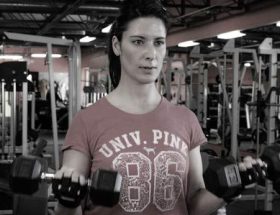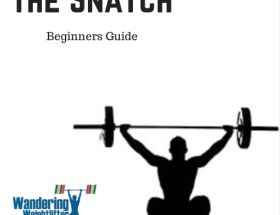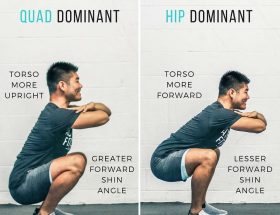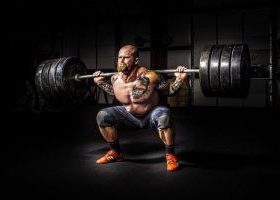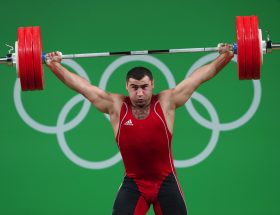Powerlifting is an exhilarating sport that focuses on pure strength. It is a test of mental and physical prowess, where athletes aim to lift as much weight as possible in three main lifts: the squat, bench press, and deadlift. If you are new to powerlifting and want to embark on this challenging yet rewarding journey, this article will guide you on how to get started.
Joining a Powerlifting Gym
The first step towards becoming a powerlifter is finding a gym that caters to powerlifting. Regular commercial gyms may have the necessary equipment, but they often lack the supportive community and specialized coaching required for powerlifting. Look for a gym that has powerlifting equipment such as squat racks, benches, and deadlift platforms.
Furthermore, the powerlifting community is known for its inclusivity and camaraderie. Joining a powerlifting gym will allow you to surround yourself with experienced lifters who can provide guidance, support, and motivation along your journey.
Understanding the Three Main Lifts
Powerlifting consists of three main lifts: the squat, bench press, and deadlift. Each lift targets different muscle groups and requires proper technique and form to perform safely and effectively.
The Squat
The squat primarily targets the lower body, particularly the quadriceps, hamstrings, and glutes. It is essential to learn the correct squatting technique to avoid injury and maximize strength gains. Always focus on maintaining proper posture, keeping your feet firmly planted on the ground, and descending until your thighs are parallel to the floor.
The Bench Press
The bench press is a compound exercise that primarily targets the chest, shoulders, and triceps. Proper form is crucial to lift the most weight while minimizing the risk of injury. Remember to keep your feet on the ground, maintain a stable and tight grip on the bar, and lower it until it touches your chest before pressing it back up.
The Deadlift
The deadlift is a full-body exercise that primarily works the posterior chain, including the back, glutes, and hamstrings. It is crucial to maintain a neutral spine throughout the movement to avoid straining your lower back. Begin by gripping the bar, keeping it close to your shins, and then drive through your heels, extending your hips until you are upright.
Developing a Training Program
Consistency and hard work are essential when it comes to powerlifting. To make progress and avoid overtraining, it is crucial to develop a well-structured training program. Here are some key components to consider:
Exercise Selection
Include the squat, bench press, and deadlift as the primary lifts in your training routine. Additionally, supplement these lifts with accessory exercises that target specific muscle groups to strengthen any weak points.
Progressive Overload
Progressive overload means gradually increasing the weight or intensity of your lifts over time. This method stimulates muscle growth and strength gains. Start with lighter weights and focus on proper form before gradually adding weight to your lifts.
Rest and Recovery
Don’t overlook the importance of rest and recovery. Powerlifting places significant stress on your body, so ensure that you have enough rest days to allow for proper recovery. Aim for at least 48 hours of rest between training sessions that target the same muscle groups.
Nutrition and Hydration
Eating a balanced diet with sufficient protein, carbohydrates, and healthy fats is crucial for powerlifters. Adequate hydration is also essential for optimal performance and recovery.
Competing in Powerlifting
Once you have built a solid foundation and gained confidence in your lifts, you may consider competing in powerlifting competitions. Competing provides a real-life test of your strength and allows you to track your progress against other lifters.
Before competing, make sure you familiarize yourself with the rules and regulations of powerlifting competitions. Attend local events as a spectator to get a feel for the atmosphere and learn from experienced competitors. Keep in mind that powerlifting is a journey, and competing is just one aspect of the sport.
Conclusion
Powerlifting is a challenging yet rewarding sport that tests your physical and mental strength. Joining a powerlifting gym, mastering the three main lifts, developing a training program, and considering competition are all essential steps on your powerlifting journey. Remember to start with lighter weights, prioritize proper form, and always listen to your body to avoid injuries. Stay consistent, motivated, and enjoy the incredible journey of powerlifting!
